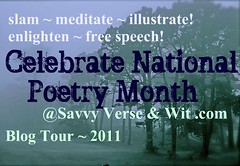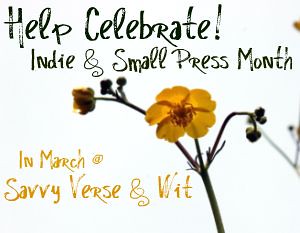
Dogs will even love the story as well, with their ears perking up at familiar terms like “out” and “treat,” but be careful because readers may find that they’ll have to give them an actual treat or actually take them out!
The only drawback is that some of the text gets lost in the images, particularly the busy image of the inside of the house with its dog bone wallpaper. But even that does not occur most often — it’s just on a few pages. What’s great about the narration is that many of the words are written in large type, making them easy to recognize.
Readers will love how the story speaks to the listener — whether its a dog or a child — telling them to “sit” and “lie down” to listen to the story. Its a good way to get them ready for bed. The story is short, however, which means it could take several readings before a child will actually fall asleep, but that’s typical with any bedtime story. The Bedtime Book for Dogs by Bruce Littlefield and illustrated by Paul S. Heath is a cute book that readers won’t mind reading again and again, as some of the lines rhyme like poetry, making the flow easy to remember. It’s a colorful, happy story that should be added to any child’s shelf.
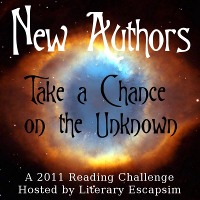

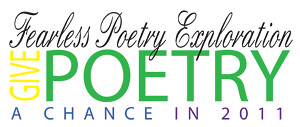

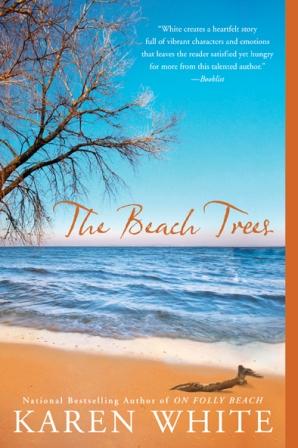
 About the Author:
About the Author:






